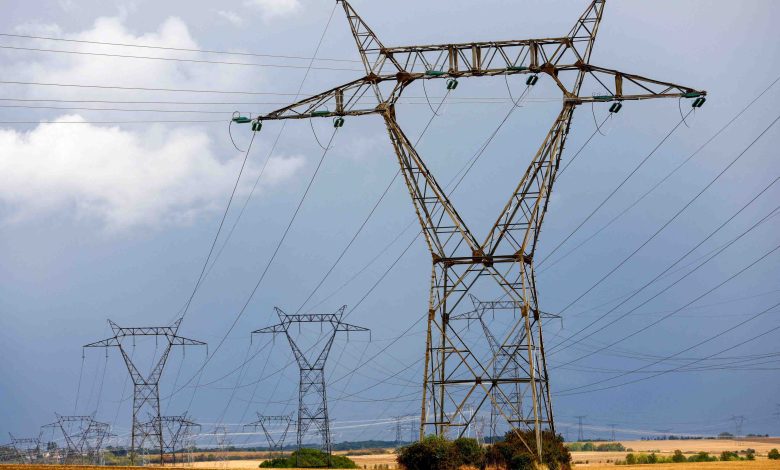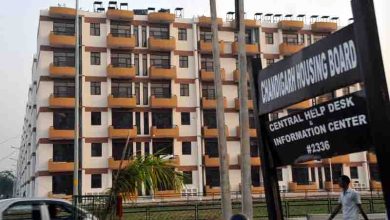Punjab: Electricity consumption record broken in 24 hours

Punjab: Power consumption in Punjab touched unprecedented heights, hitting a new record high of 16,711 megawatts (MW) at 2 pm today, surpassing the all-time maximum demand of 16,192 MW recorded a day earlier. This is the second consecutive day of record-breaking power consumption, driven by the persistent heat and the paddy sowing season.This massive surge has put pressure on the Punjab State Power Corporation Limited (PSPCL) as the state grapples with rising temperatures and heavy power demand from the agriculture sector.Urban centres have seen a rise in the use of air-conditioners, while nearly 14 lakh tubewells across Punjab are expected to run at full capacity to irrigate paddy fields. This double load is contributing heavily to the rising power demand.The state government’s decision to begin paddy transplantation from June 1 – a full two weeks ahead of the traditional June 15 start schedule – has further increased the pressure on the power grid. Earlier, the aim of transplanting was to benefit from monsoon rains to conserve groundwater. However, the decision to transplant paddy early has inadvertently led to a substantial increase in power usage as farmers run tubewells extensively during peak summer hours.
Paddy is cultivated in about 32 lakh hectares in Punjab, of which 73% area is irrigated by tubewells. PSPCL records show that the state has 13.94 lakh tubewell connections, concentrated in districts suffering from overexploitation of groundwater such as Ludhiana (1.17 lakh tubewells), Gurdaspur (99,581), Amritsar (93,946), Sangrur (93,669), Patiala (87,788), Jalandhar (87,784) and Ferozepur (86,098). A PSPCL official warned that this power hike could increase the burden of power subsidy on the state, which is already Rs 20,500 crore for the current fiscal year – about 10 per cent of Punjab’s total budget. Of this, about Rs 10,000 crore is expected to be spent on providing free power to farmers for tubewell operations, the biggest allocation among all subsidised sectors. The official also predicted that the state’s maximum demand could soon reach 17,500 MW. Consumption was around 10,500 MW in early June, but rose to 15,600 MW on Monday and crossed the 16,000 MW mark on Tuesday – a stunning increase of 3,000 MW within just 48 hours.





